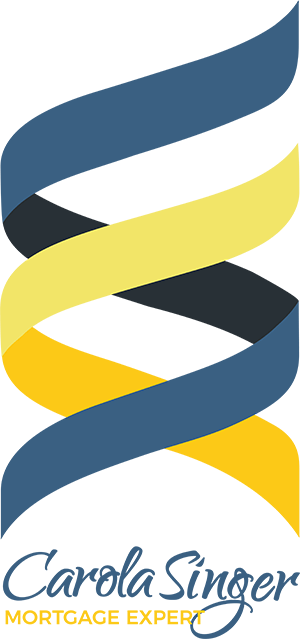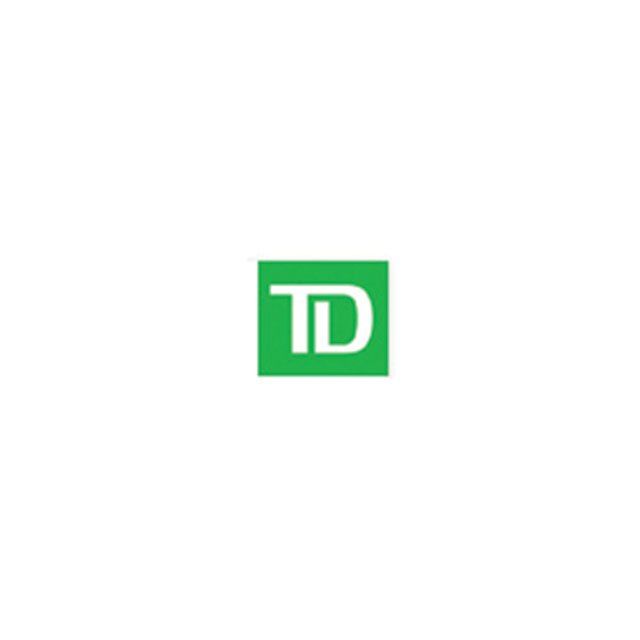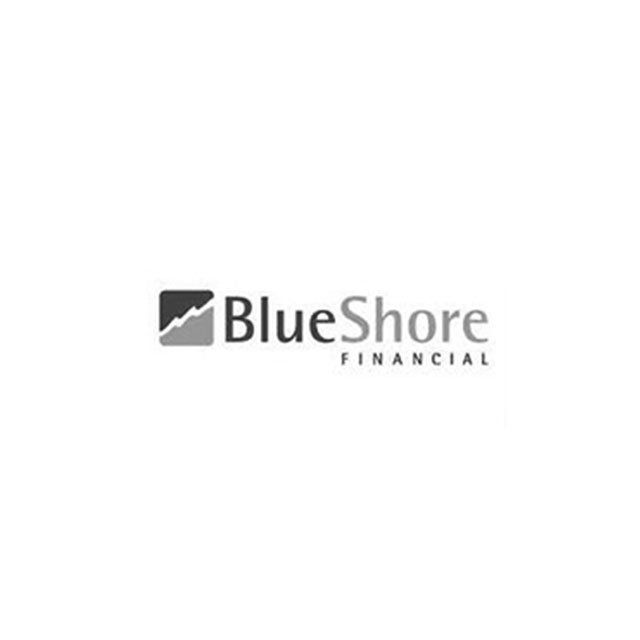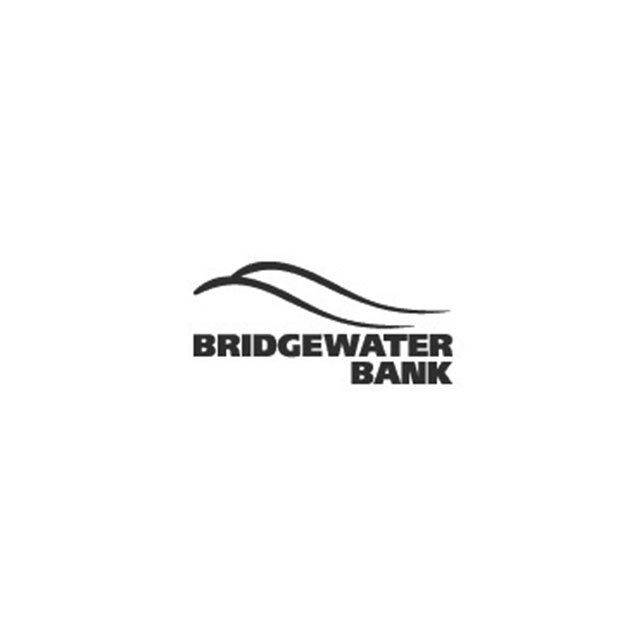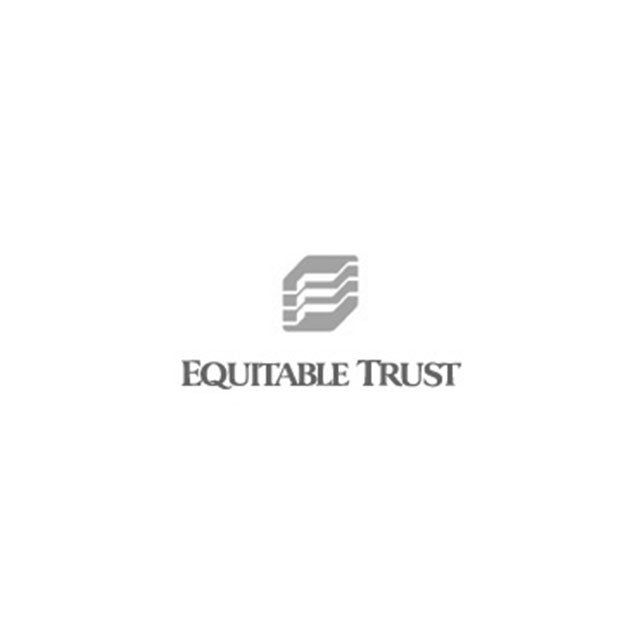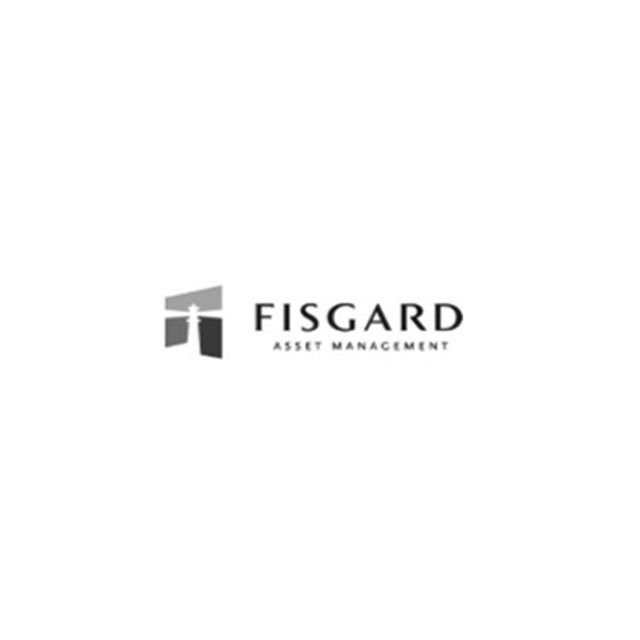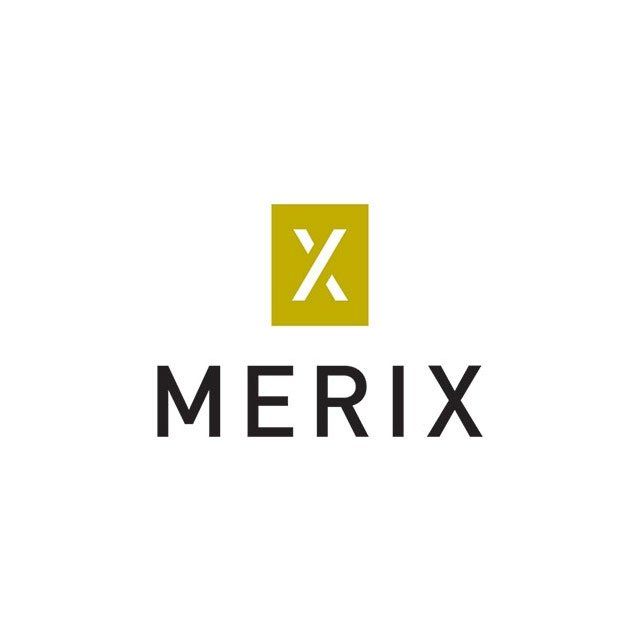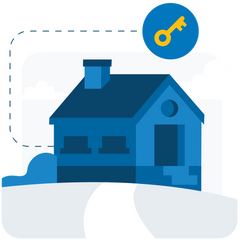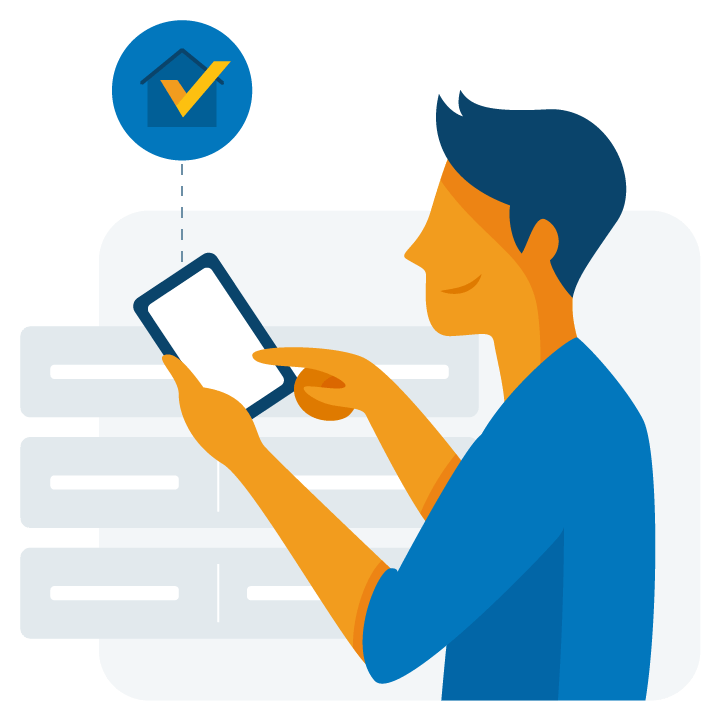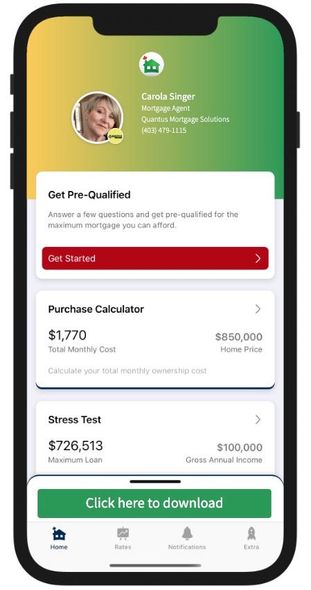Contact Us
Thank you for contacting me.
I will get back to you as soon as possible
Please try again later
Contact Us
Thank you for contacting me.
I will get back to you as soon as possible
Please try again later
ABOUT ME
I’ve been a mortgage associate since 2007 and love what I do.
There are many types of mortgages, from residential to commercial. It is my job to find the most cost-effective mortgage for you and tailor it to your needs.
Being in the industry for as long as I have I have acquired extensive knowledge and experience and built a lot of relationships, all to serve you better.
Let me be your personal mortgage manager who you can call about your current or subsequent mortgages!
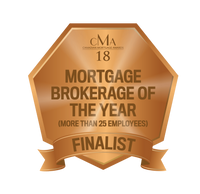
STEP ONE
Get Connected
STEP TWO
Evaluate Options
LENDERS
MORTGAGE ARTICLES



Let's run some numbers
Start by telling us where you're at in your home buying journey.
Download my App
What you can do with my app
Calculate your total cost of owning a home
Estimate the minimum down payment you need
Calculate Land transfer taxes and the available rebates
Calculate the maximum loan you can borrow
Stress test your mortgage
Estimate your Closing costs
Compare your options side by side
Search for the best mortgage rates
Email Summary reports (PDF)
Use my app in English, French, Spanish, Hindi, and Chinese
I'd love to hear from you!
Send me a message, and I'll get back to you right away.
Sign up to our newsletter
Thank you for contacting me.
I will get back to you as soon as possible
Please try again later
MORE
All Rights Reserved | Carola Singer | Quantus Mortgage Solutions | #235, 6025 – 12th St. S.E. Calgary, Alberta T2H 2K1

